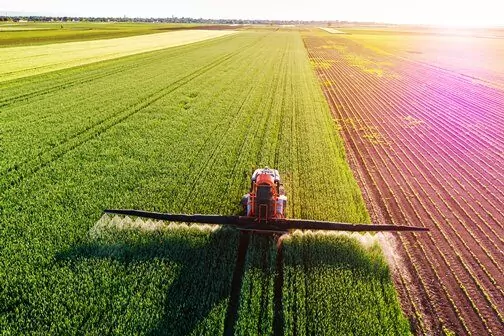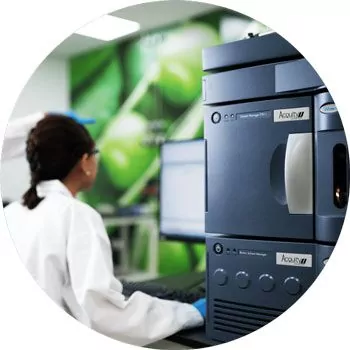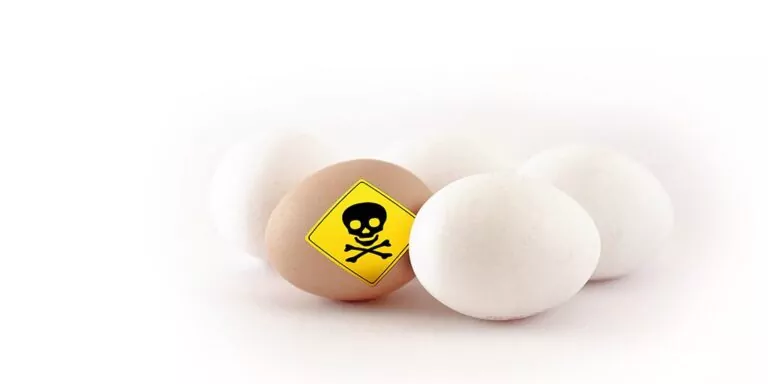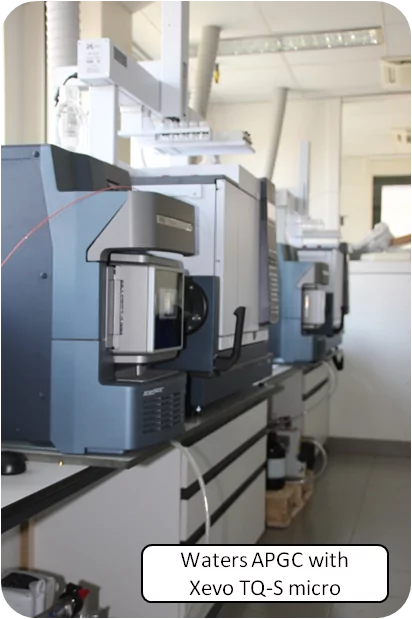Choosing the Correct Column for Chromatographic Selectivity
When developing a method for the routine multiresidue analysis of pesticides in food commodities there are several factors that need to be considered when selecting which liquid chromatography (LC) column to use. The requirements include: Good retention for a range of physiochemical properties (polar, non-polar, base, acid). Moderate to high resolution (peak capacity). Sample extracts…











